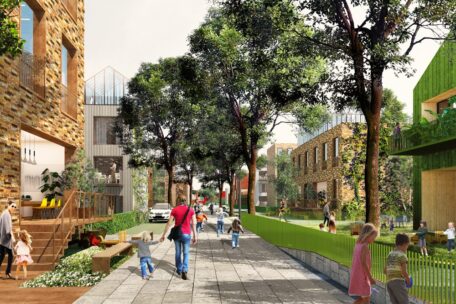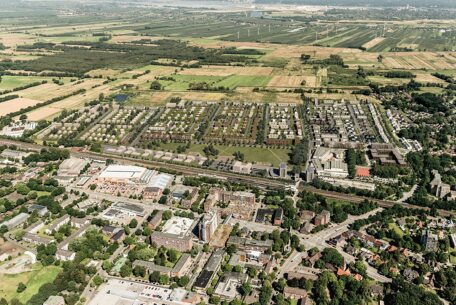Mobility & transport
Modern mobility behaviours in cities are currently undergoing change. The classical modes of transport (bus and rail, car, bicycle, walking) are being supplemented by numerous ever-developing alternatives: from autonomous minibuses or shuttle services to many different rental models for cars, cargo bikes, e-scooters, e-bikes and e-mopeds. This often means that owning a car is no longer necessary; at the same time, however, ever more road users are competing for the remaining urban space.
Many streets in Hamburg are dominated by parked cars, some of which do not move for days. In this way, valuable areas are lost, places that could be meeting places, places to build neighbourliness or provide alternative mobility offers. The IBA Hamburg wants to show how things can be different and what the potential of reorganising stationary traffic could be, without limiting inhabitants’ mobility.
To achieve these goals, forward-looking plans, a courageous view of the future and the creation of flexible infrastructural requirements to react to future trends are required. The IBA Hamburg develops sustainable mobility concepts to this end:
58%
of the people of Hamburg support the idea of a car-free inner city (representative study of “die Zeit” Hamburg, May 2019)
812,710 cars
are registered in Hamburg.
(Parliamentary paper, 2024)79%
of Hamburg households have at least one bike. (Authority for Transport and Mobility Transition, 2022)
Suggested reading:
“In my opinion, a city is liveable when it respects the human dimension. When it does not move at the speed of the car, but at that of pedestrians and cyclists. When people can meet each other again on its open squares and streets. This, after all, is the idea of a city.” (Brandeins Magazine 2014)
JAN GEHL
Architect and urban planner
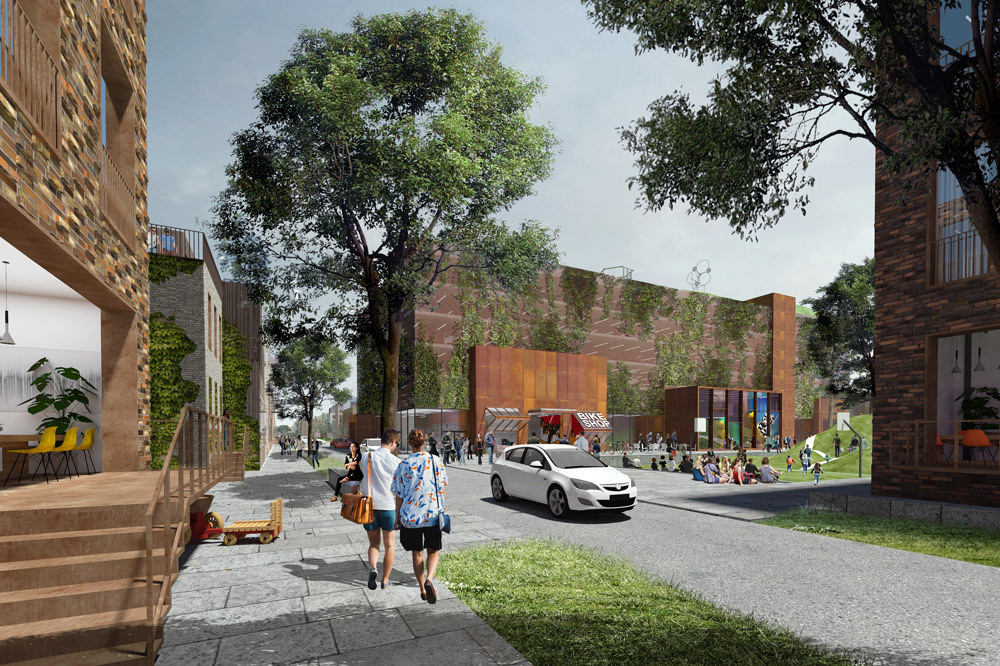
Oberbillwerder: People, not parking – taking back public space
Hamburg’s 105th district is not to be car-free, but there should be as few parked cars as possible. An important building block on the way to achieving this goal is provided in the multi-storey mobility hubs: here, you can park your own car and transfer to mobility offers such as carsharing or cargo bike to get home. The thus newly freed streets will create new quality of life in the urban space and give residents more space.
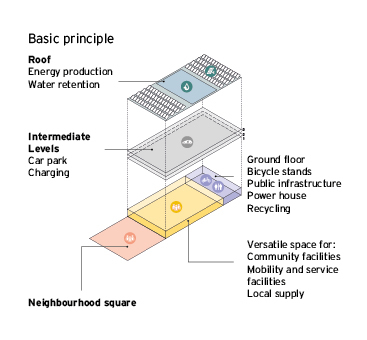
The mobility hubs are also much more: in the district they become places for active neighbourhoods. On the ground floors there are service locations and social, cultural and retail facilities, bakeries and supermarkets, package and recycling stations, youth centres, daycare centres or clubhouses for the neighbouring sports and allotment associations.
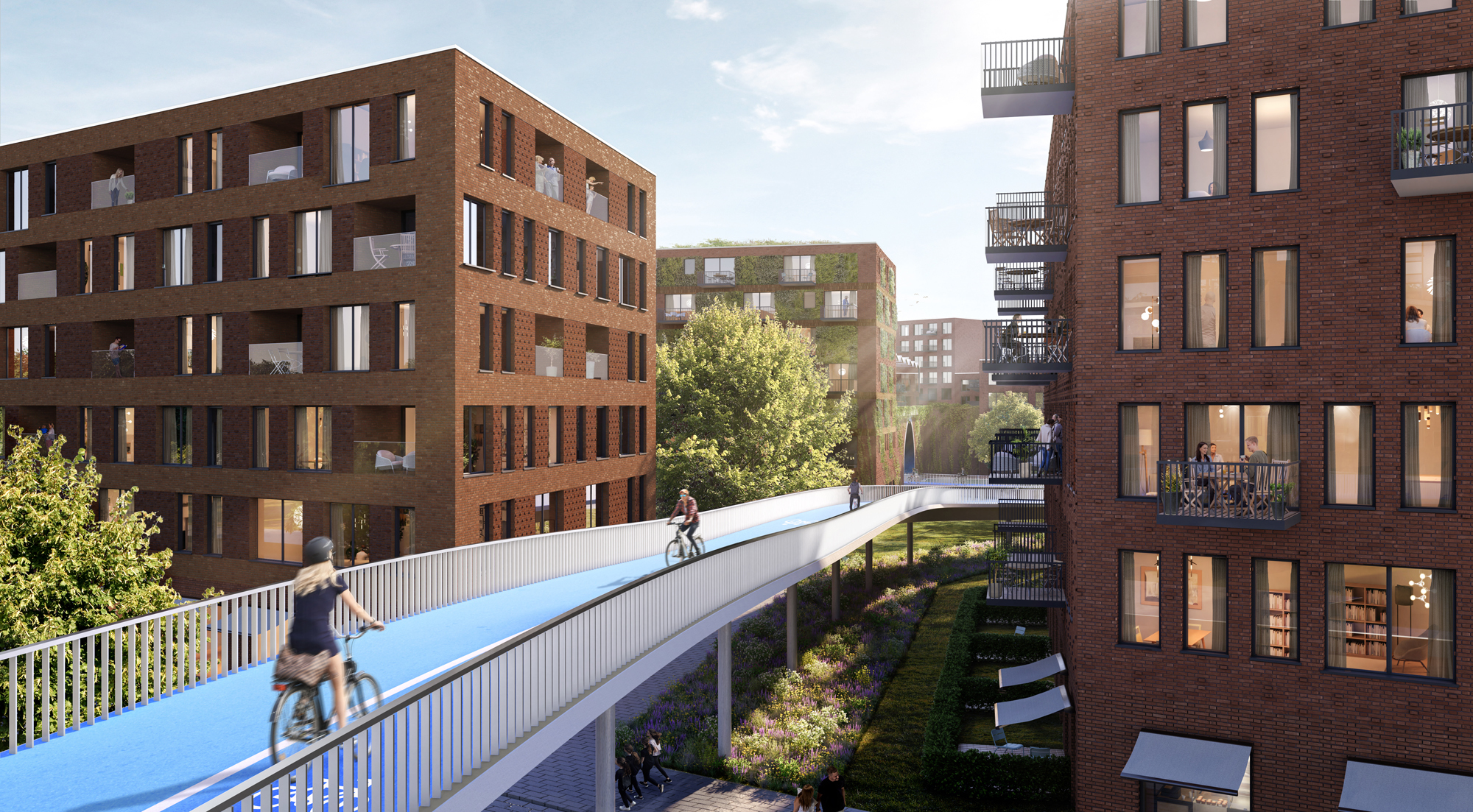
Wilhelmsburg: Towards sustainable mobility through progressive development of the cycle infrastructure
The cycle highway, which connects Harburg and Veddel across the Elbe island without crossings, sets new standards for the quality of cycle paths in Hamburg. Cycle route 11 helps to improve the accessibility of the HADAG Elbe ferries at the Ernst-August lock.
“The moment they remove cars from the city, the people return. In Vienna, in many borough districts where we have done this, we have ever greater numbers of residents, above all young residents, occupying the public space and suddenly bringing the city to life. The pedestrian is the lifeblood of a city.”
PROF. HERMANN KNOFLACHER
TRAFFIC PLANNER
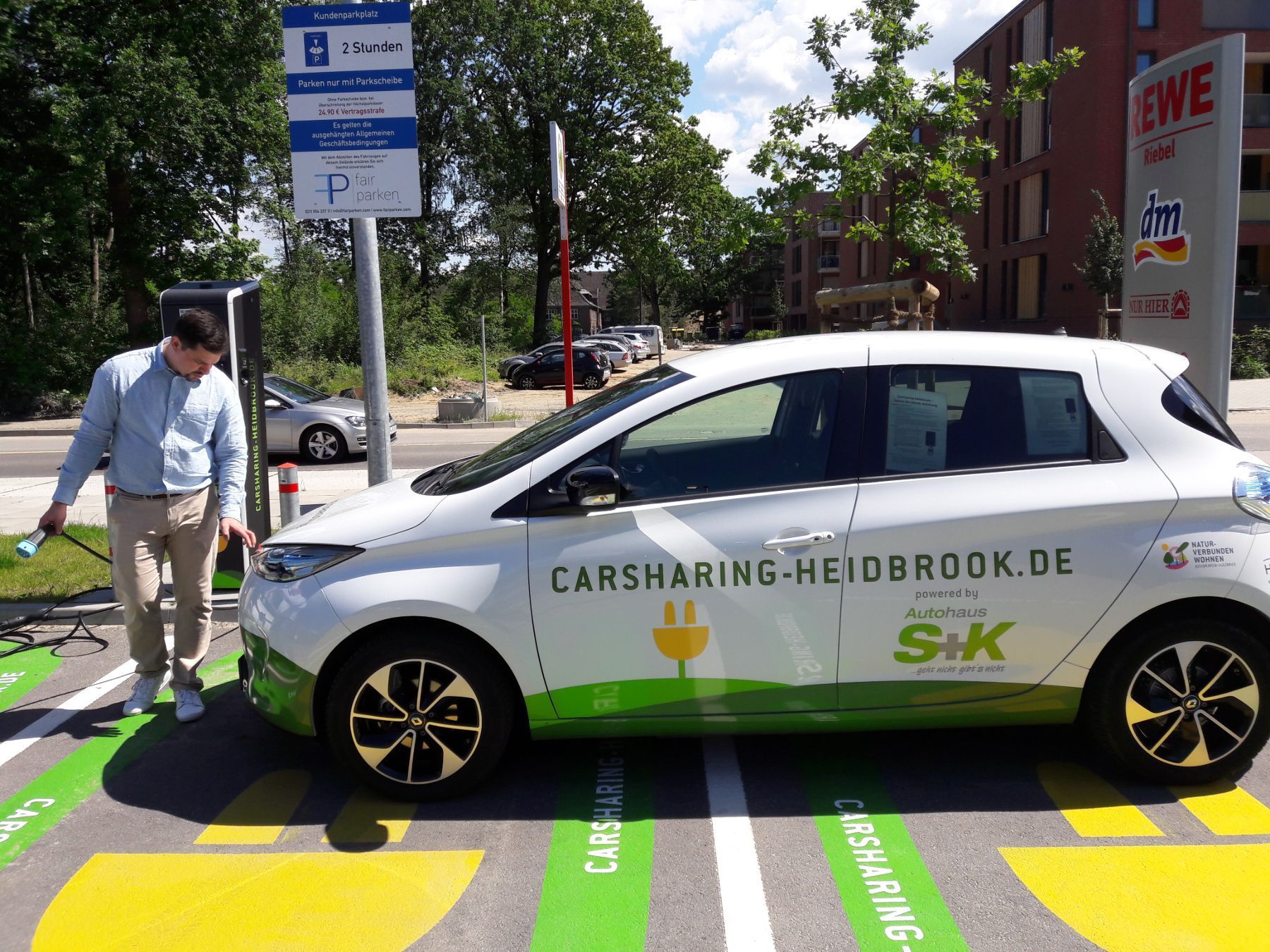
Neugraben-Fischbek: carsharing for the neighbourhood
In the IBA Hamburg districts on the periphery, modern urban life with all the advantages of the latest technological developments is to be made possible. Carsharing of electric vehicles in Vogelkamp Neugraben and Fischbeker Heidbrook supports the concept of “Living close to nature”. It is right here, where the business areas of the leading companies stop, that such provision for residents can be made.
